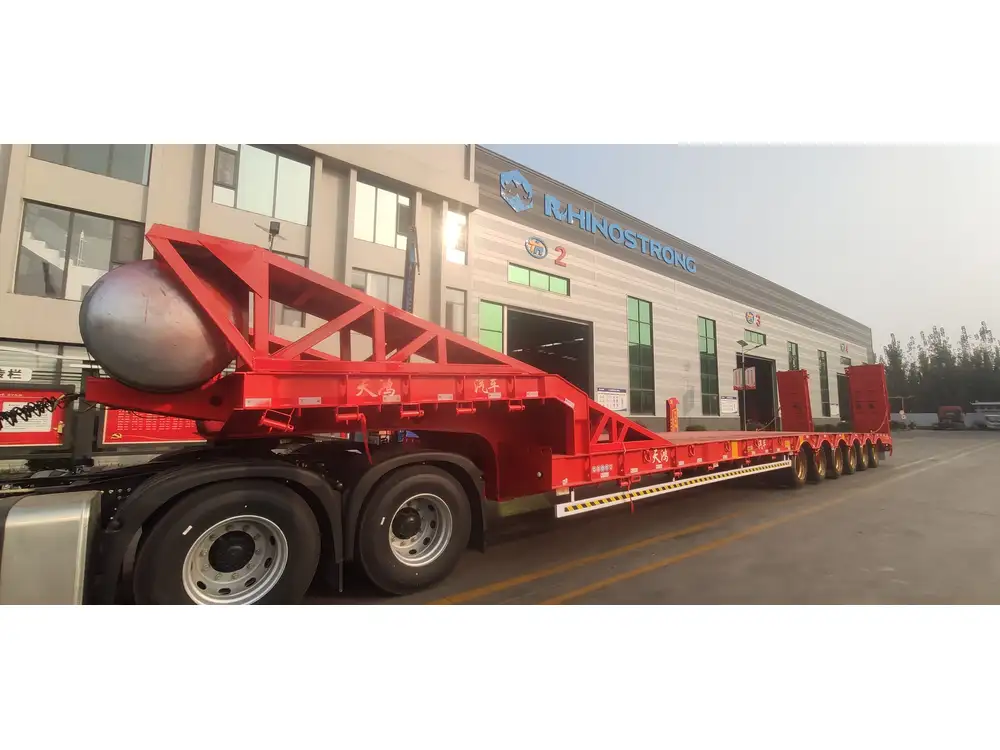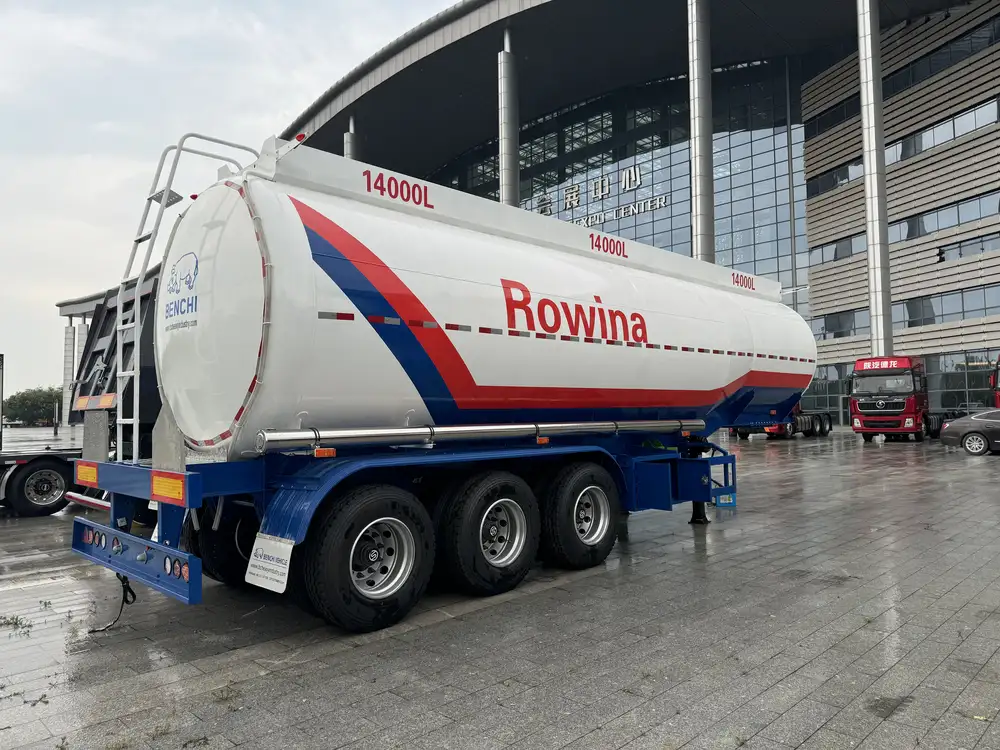In the age of information, understanding the architecture of data packets is paramount. When we talk about data transmission, particularly in the realm of computer networks, a packet’s composition is central to how data is efficiently communicated. Each packet includes three fundamental components: the header, the payload, and the trailer. This article delves deeply into each of these components, providing clarity for manufacturers, developers, and enthusiasts alike.
The Packet Structure at a Glance
To fully appreciate how data packets operate, consider the packet as a package being shipped from one location to another. Just as a package contains details about the sender and recipient, contents, and postage, a data packet encompasses three parts:
| Component | Description | Purpose |
|---|---|---|
| Header | Contains metadata about the packet. | Provides routing information, source, and destination. |
| Payload | The actual data being transmitted. | Carries the essential information intended for the recipient. |
| Trailer | Contains information for error-checking and integrity. | Ensures that the packet has been delivered correctly and unaltered. |
In-Depth Exploration of a Data Packet

The Header: Setting the Stage for Data Transmission
The header is the most crucial element of a data packet, serving as the key entry point for routing and processing. It encapsulates information vital for the delivery of the packet across various networks.
Key Elements of the Header
Source Address: This indicates where the packet originated. Knowing the source helps in tracing back any issues or understanding traffic flow.
Destination Address: This shows where the packet is headed. Accurate destination addressing is crucial for ensuring that data reaches the right recipient.
Protocol Version: Different protocols govern how data is packaged and sent. The version informs systems about how to properly interpret the data contained within the packet.
Payload Length: This specifies the length of the data being transmitted, which is essential for the receiving end to identify when the entire data has been received.
Packet Type: This can include type of service (ToS), which indicates how packets should be handled in terms of prioritization and handling by the network.
The Importance of the Header
The header’s role extends beyond addressing and routing. It also plays a pivotal part in security, ensuring that only authorized packets are recognized by the devices, modifying behavior based on the types of data being sent, and managing network load efficiently. Through various protocols, headers offer increased reliability and facilitate congestion control mechanisms, providing robust data transfer even in fluctuating network conditions.

The Payload: The Heart of the Packet
While the header sets the stage and facilitates transit, the payload is the essence of the data packet—it harbors the information being transported. This could range anywhere from simple text files to complex multimedia content.
Characteristics of the Payload
Size Constraints: Different protocols impose restrictions on the payload size, which can dictate the maximum amount of data in a single packet. For instance, the typical maximum transmission unit (MTU) for Ethernet is 1500 bytes.
Data Format: The payload could be formatted in several ways (JSON, XML, binary), contingent upon the requirements of the application or protocol. Understanding this format is essential for both encoding and decoding data effectively.
Content Types: Depending on the application, the payload might include HTTP requests, database queries, or streaming data. Each necessitates unique handling strategies for successful delivery and usage.
Handling Payloads Effectively
To optimize payload management, developers need to consider:
Compression Techniques: Reducing the size of the payload can enhance transmission speed and efficiency, particularly in bandwidth-constrained environments.
Segmentation: Large datasets can be broken into multiple packets, with sequence numbers included in the header to ensure correct reassembly post-delivery.
Error Checking: While the trailer primarily handles this, protocols like TCP ensure that any lost packets can be detected and retransmitted, maintaining data integrity.

The Trailer: Ensuring Integrity
The trailer, often overlooked, is crucial in confirming that the packet has arrived unscathed. It contains vital information for integrity checks.
Key Functions of the Trailer
Checksums: This mathematical calculation validates that the data within the packet hasn’t been altered in transit. If discrepancies are found, packets may be discarded or requested to be retransmitted.
End-of-Packet Markers: The trailer often includes markers that signal the conclusion of the packet. This is especially important in stream-oriented protocols.
The Value of Effective Trailer Design
By implementing robust trailer mechanisms, data packets maintain high levels of reliability. This is especially critical in environments where data corruption can significantly impair functionality, such as financial transactions or live data transmissions in healthcare systems.

Comparing Packet Types: TCP vs. UDP
Understanding different protocols helps in grasping how the triad of the header, payload, and trailer operates. Let’s consider two commonly used protocols, TCP (Transmission Control Protocol) and UDP (User Datagram Protocol).
| Feature | TCP (Transmission Control Protocol) | UDP (User Datagram Protocol) |
|---|---|---|
| Connection-oriented | Yes | No |
| Reliability | High (requires acknowledgment) | Low (no acknowledgment) |
| Payload Size Control | Yes (segmentation possible) | No (limited by size of packet) |
| Error Recovery | Yes (automatic retransmission) | No |
| Speed | Slower due to checks and balances | Faster due to minimal overhead |
Conclusion: The Importance of Understanding Packet Structure
A data packet, composed of a header, payload, and trailer, is fundamental to communication in networks. Mastery of this structure is essential for interoperability in diverse applications, ranging from everyday internet browsing to critical business transactions.
As manufacturers, developers, and users, recognizing the intricacies of packet organization not only enhances technical knowledge but also empowers efficacious problem-solving strategies and innovation across the digital landscape.
Key Takeaways for Manufacturers and Developers:
Focus on Header Optimization: Craft headers that prioritize routing efficiency and security features aligned with industry standards.
Design Payloads with Performance in Mind: Employ data compression techniques and ensure payloads are formatted appropriately for their intended use cases.
Implement Robust Trailer Mechanisms: Ensure that your trailer includes comprehensive integrity checks to maintain delivery reliability under a spectrum of network conditions.

Final Thoughts
As technology evolves, so too does the complexity surrounding data transmission. Crafting efficient and reliable packet structures will remain integral to achieving seamless communication. By thoroughly understanding and utilizing the components of packets—header, payload, and trailer—manufacturers and developers can ensure a competitive edge while contributing to a more efficient and robust digital environment.



